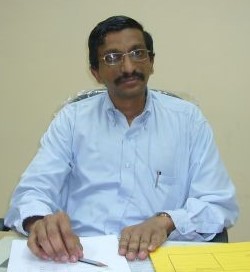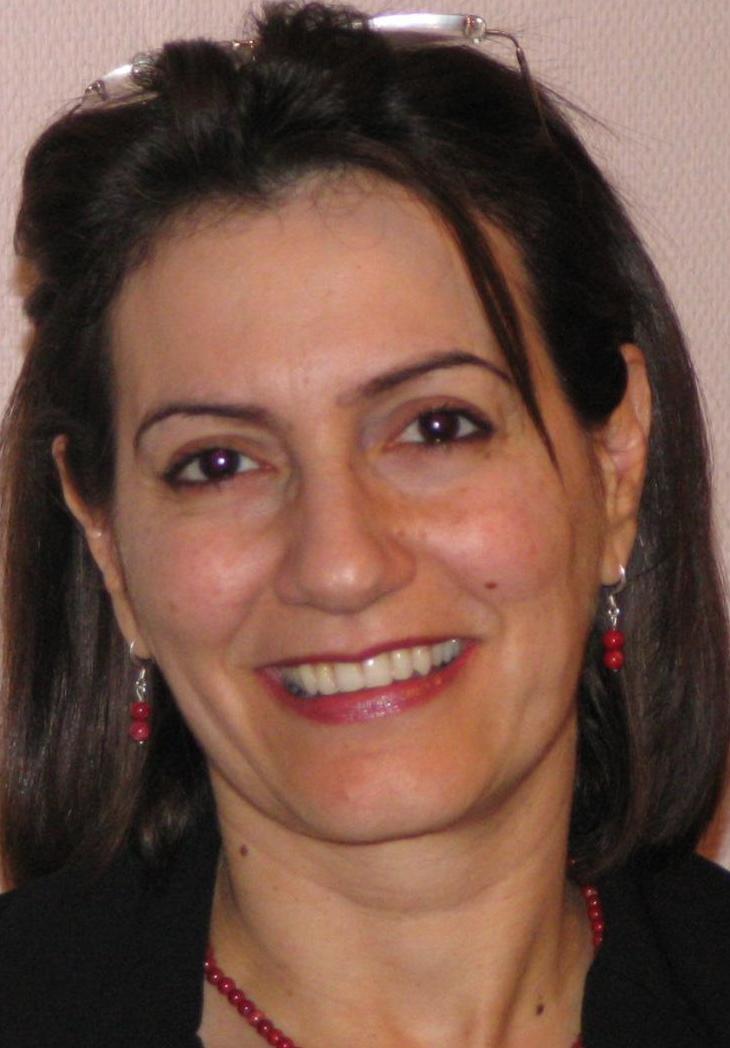We are delighted to welcome Professor Surajit Ghosh, Dr Fabienne Dumoulin and Dr Bob Baker the RSC Advances team!

Surajit Ghosh was born in West Bengal, India. He studied Organic Chemistry at the University of Calcutta, India, and gained his Master of Science in Organic Chemistry in 2000. Then, he moved to Syngene International Pvt. Ltd (Biocon INDIA Group) and worked as a Scientist till July 2004 on a drug discovery project. Subsequently, he moved to the Indian Institute of Technology, Kanpur in August 2004 for his doctoral studies in the group of Prof. Sandeep Verma in the area of Peptide Self-assembly.
After completing his Ph.D. in July 2008, he received a postdoctoral fellowship at the Cell Biology and Biophysics Division of European Molecular Biology Laboratory, Heidelberg, Germany with Dr Thomas Surrey (August 2008), where he worked on the organization of microtubule and molecular motor proteins till December 2010. He joined CSIR-Indian Institute of Chemical Biology Kolkata, India in 2011, and worked as a Principal Scientist till July 2019. Subsequently, he joined as a Professor in the Department of Bioscience and Bioengineering at the Indian Institute of Technology Jodhpur in July 2019. He is a recipient of the BIOCON Tribute award, EMBL Fellowship, Alexander von Humboldt Fellowship, Ramanujan Fellowship, Indian Peptide Society Young Scientist Award, Asima Chatterjee Young Scientist Award, Syamasri Gupta Young Scientist Award, CSIR-CDRI Award for Excellence in Drug Research (2020) and SERB-STAR Award (2020). He is an elected Fellow of the Royal Society of Chemistry (2016), and the West Bengal Academy of Science and Technology (2018). At IIT Jodhpur he is leading his group with current research focus on the areas of Chemical Neuroscience, Chemical Biology and the Development of Biophysical Platform/Biosensor.
Browse a selection of Surajit’s RSC publications:
Designed hybrid anticancer nuclear-localized peptide inhibits aggressive cancer cell proliferation
Prasenjit Mondal, Saswat Mohapatra, Debmalya Bhunia, Prabir Kumar Gharai, Nabanita Mukherjee, Varsha Gupta, Satyajit Ghosh and Surajit Ghosh
RSC Med. Chem., 2022, 13, 196-201
An overview of key potential therapeutic strategies for combat in the COVID-19 battle
Gaurav Das, Surojit Ghosh, Shubham Garg, Satyajit Ghosh, Aniket Jana, Ramkamal Samat, Nabanita Mukherjee, Rajsekhar Roy and Surajit Ghosh
RSC Adv., 2020, 10, 28243-28266
A bis-indole/carbazole based C5-curcuminoid fluorescent probe with large Stokes shift for selective detection of biothiols and application to live cell imaging
Pinaki Bhattacharjee, Sourav Chatterjee, Anushree Achari, Abhijit Saha, Debkumar Nandi, Chiranjit Acharya, Kasturi Chatterjee, Surajit Ghosh, Snehasikta Swarnakar and Parasuraman Jaisankar
Analyst, 2020, 145, 1184-1189
 Fabienne Dumoulin is a faculty at the Department of Biomedical Engineering of Acibadem Mehmet Ali Aydınlar University. She studied first biology, graduated in biochemistry then completed her PhD with a European Label in Organic Chemistry at the Université Claude Bernard Lyon 1, France (2002). After a post-doc in Pisa, Italy, she settled in Turkey in 2005. She has been awarded several Young Scientist Awards: TUBA-GEBİP from the Turkish Academy of Sciences (2015), BAGEP from the Bilim Akademisi (2015) and the Mustafa N Parlar Foundation of METU (2016). She guest-edited a themed issue ‘Nano- and Molecular Engineering of Photosensitisers’ for Photobiol. Photochem. Sci. (Nov 2018), has co-edited the book series “Porphyrin Science by Women” published in January 2021, and recently contributed to the book series Fundamentals of Porphyrin Chemistry: A 21st Century Approach. She has co-authored 85+ publications (research articles, reviews and book chapters), and has supervised a dozen of Master and PhD students so far. She is an associate editor of RSC Advances since 2015.
Fabienne Dumoulin is a faculty at the Department of Biomedical Engineering of Acibadem Mehmet Ali Aydınlar University. She studied first biology, graduated in biochemistry then completed her PhD with a European Label in Organic Chemistry at the Université Claude Bernard Lyon 1, France (2002). After a post-doc in Pisa, Italy, she settled in Turkey in 2005. She has been awarded several Young Scientist Awards: TUBA-GEBİP from the Turkish Academy of Sciences (2015), BAGEP from the Bilim Akademisi (2015) and the Mustafa N Parlar Foundation of METU (2016). She guest-edited a themed issue ‘Nano- and Molecular Engineering of Photosensitisers’ for Photobiol. Photochem. Sci. (Nov 2018), has co-edited the book series “Porphyrin Science by Women” published in January 2021, and recently contributed to the book series Fundamentals of Porphyrin Chemistry: A 21st Century Approach. She has co-authored 85+ publications (research articles, reviews and book chapters), and has supervised a dozen of Master and PhD students so far. She is an associate editor of RSC Advances since 2015.
Her research interests focus on the design and synthesis of tetrapyrrolic derivatives, mainly phthalocyanines for photodynamic therapy to treat cancer and combat AMR, either molecular or with nanotechnology. She is also interested in the energy and catalytic applications of phthalocyanines.
Browse a selection of Fabienne’s RSC publications:
The unique features and promises of phthalocyanines as advanced photosensitisers for photodynamic therapy of cancer
Pui-Chi Lo, M. Salomé Rodríguez-Morgade, Ravindra K. Pandey, Dennis K. P. Ng, Tomás Torres and Fabienne Dumoulin
Chem. Soc. Rev., 2020, 49, 1041-1056
Phthalocyanine-based mesoporous organosilica nanoparticles: NIR photodynamic efficiency and siRNA photochemical internalization
Gülçin Ekineker, Christophe Nguyen, Sümeyra Bayır, Sofia Dominguez Gil, Ümit İşci, Morgane Daurat, Anastasia Godefroy, Laurence Raehm, Clarence Charnay, Erwan Oliviero, Vefa Ahsen, Magali Gary-Bobo, Jean-Olivier Durand and Fabienne Dumoulin
Chem. Commun., 2019, 55, 11619-11622
Photophysical properties of palladium/platinum tetrasulfonyl phthalocyanines and their application in triplet-triplet annihilation upconversion
Yuanyuan Che, Wenbo Yang, Geliang Tang, Fabienne Dumoulin, Jianzhang Zhao, Lang Liu and Ümit İşci
J. Mater. Chem. C, 2018, 6, 5785-5793
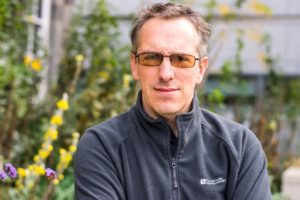
Dr Bob Baker was born in Blaenavon, South Wales. He completed his undergraduate degree at the University of Warwick and his PhD studies under the supervision of Prof. P. G. Edwards at Cardiff University (1997-2001) on early transition metal triphosphamacrocycles. He then worked as a postdoctoral research fellow with Prof. Cameron Jones (2001-2005), working on low oxidation state group 13 compounds, followed by an Alexander von Humboldt Research Fellowship held at the Technische Universität Braunschweig, working with Prof. Dr. Matthias Tamm on substituted cyclohepatrienyl early transition metal complexes. From 2006-2008 he was a Lecturer in Inorganic Chemistry at Nottingham Trent University, before moving to Trinity College in January 2009. His research interests are in fundamental and applied actinide chemistry and the development of new transition metal complexes for catalysis.
Browse a selection of Bob’s RSC publications:
A multi-technique study of altered granitic rock from the Krunkelbach Valley uranium deposit, Southern Germany
Ivan Pidchenko, Stephen Bauters, Irina Sinenko, Simone Hempel, Lucia Amidani, Dirk Detollenaere, Laszlo Vinze, Dipanjan Banerjee, Roelof van Silfhout, Stepan N. Kalmykov, Jörg Göttlicher, Robert J. Baker and Kristina O. Kvashnina
RSC Adv., 2020, 10, 25529-25539
A computational investigation of orbital overlap: Versus energy degeneracy covalency in [UE2]2+ (E = O, S, Se, Te) complexes
James A. Platts and Robert J. Baker
Dalton Trans., 2020, 49, 1077-1088
Perfluorinated phosphine and hybrid P–O ligands for Pd catalysed C–C bond forming reactions in solution and on Teflon supports
Farzana Begum, Muhammad Ikram, Brendan Twamley and Robert J. Baker
RSC Adv., 2019, 9, 28936-28945

Submit to RSC Advances today! Check out our author guidelines for information on our article types or find out more about the advantages of publishing in a Royal Society of Chemistry journal.
Keep up to date with our latest Popular Advances, Reviews, Collections & more by following us on Twitter. You can also keep informed by signing up to our E-Alerts.
















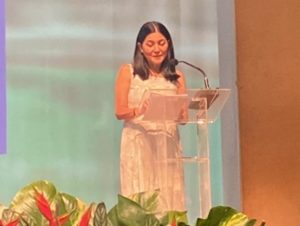
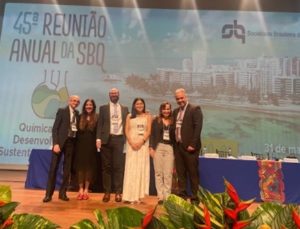
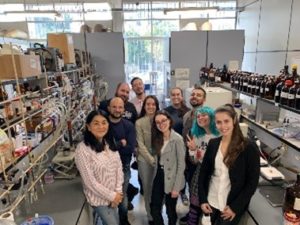

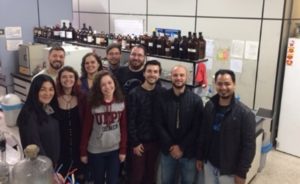

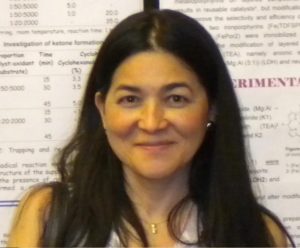
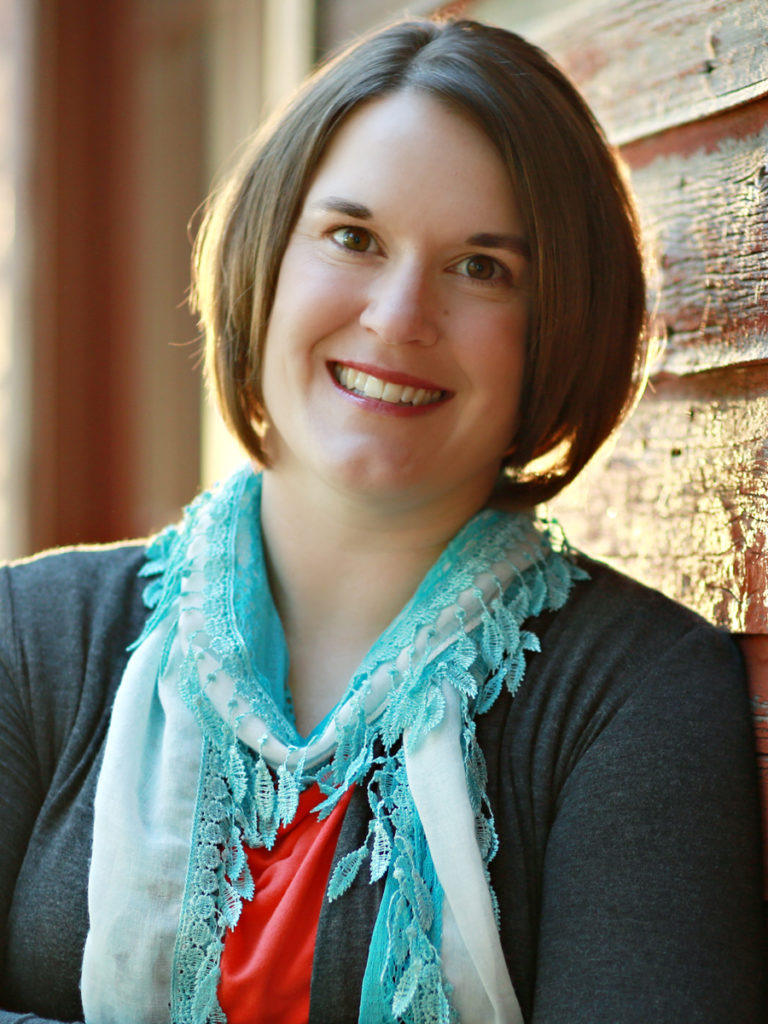
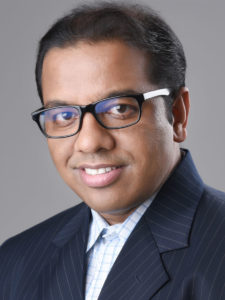
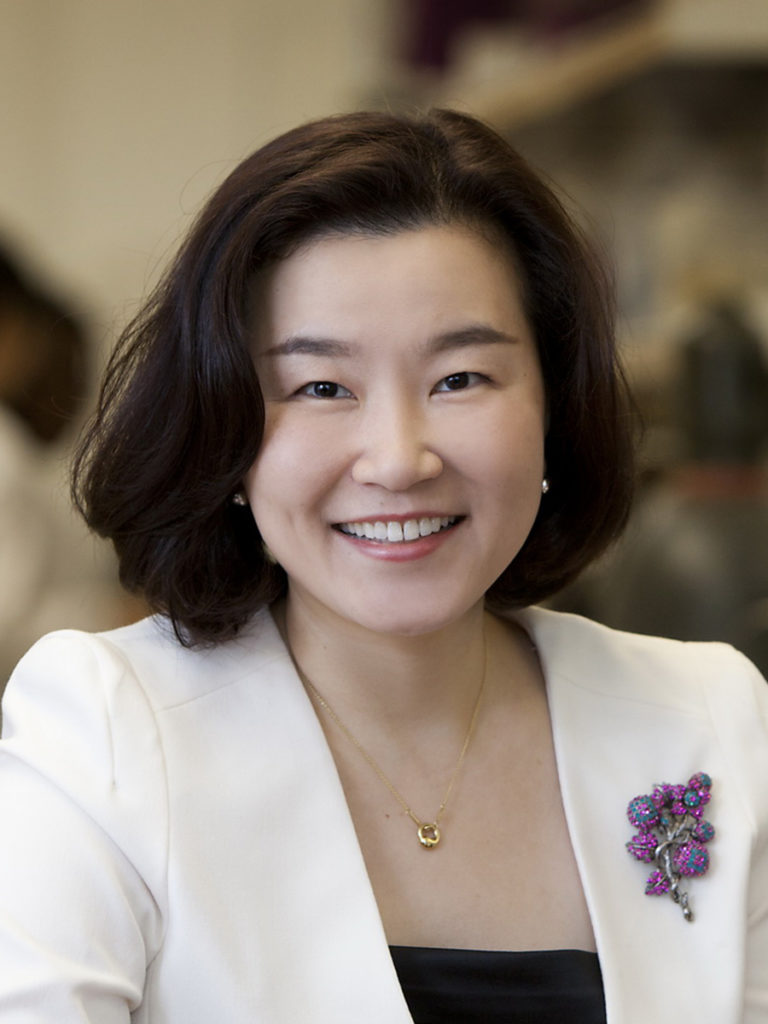

 Qingdong Zheng is a Professor of State Key Laboratory of Structural Chemistry in the Fujian Institute of Research on the Structure of Matter, Chinese Academy of Sciences (CAS). He obtained his B.S. (1998), and M.S. (2001) degrees from East China University of Science and Technology, and his Ph.D. degree from the State University of New York at Buffalo in 2005. After carrying out his postdoctoral research at Johns Hopkins University, he joined CAS and took his current position in 2010.
Qingdong Zheng is a Professor of State Key Laboratory of Structural Chemistry in the Fujian Institute of Research on the Structure of Matter, Chinese Academy of Sciences (CAS). He obtained his B.S. (1998), and M.S. (2001) degrees from East China University of Science and Technology, and his Ph.D. degree from the State University of New York at Buffalo in 2005. After carrying out his postdoctoral research at Johns Hopkins University, he joined CAS and took his current position in 2010.